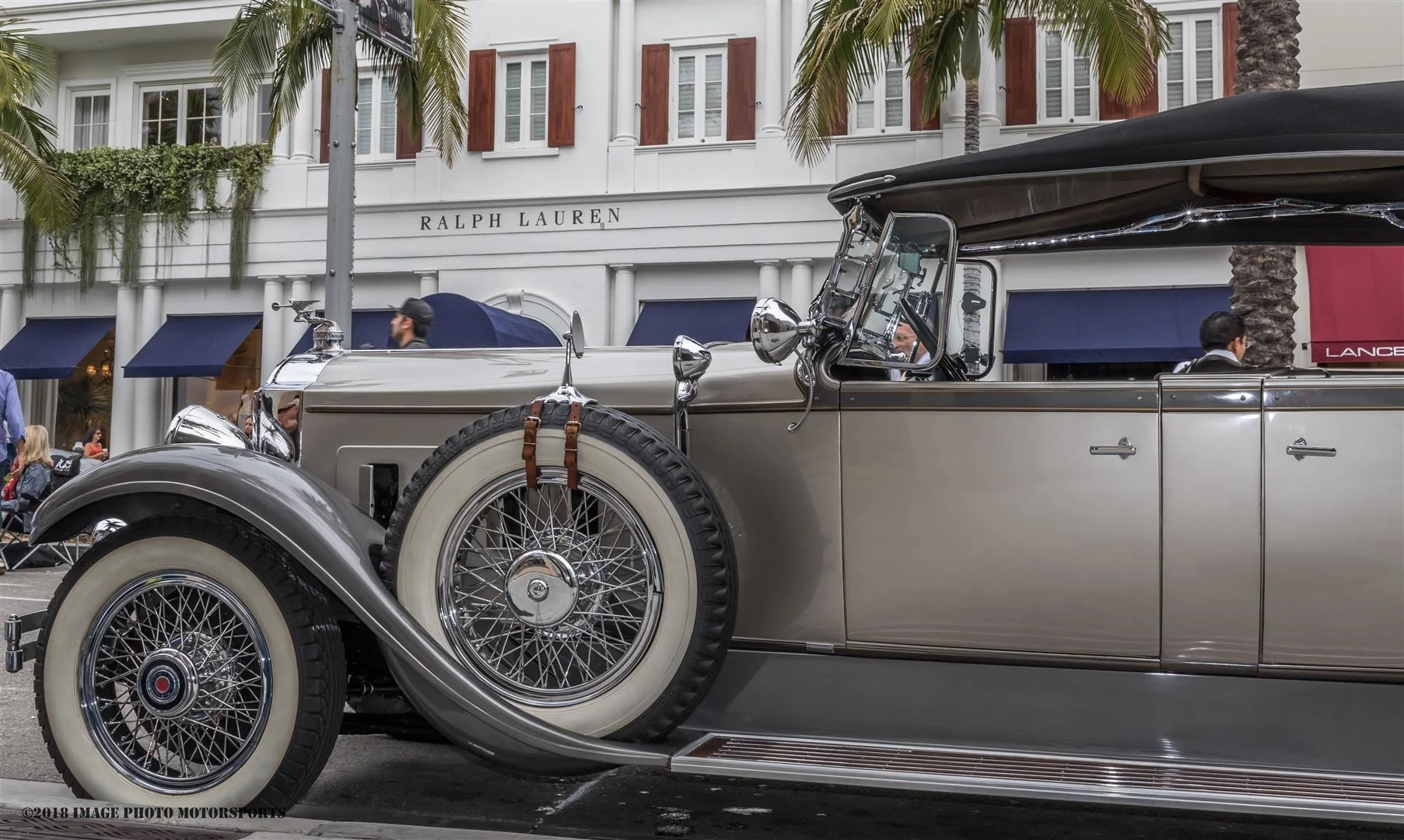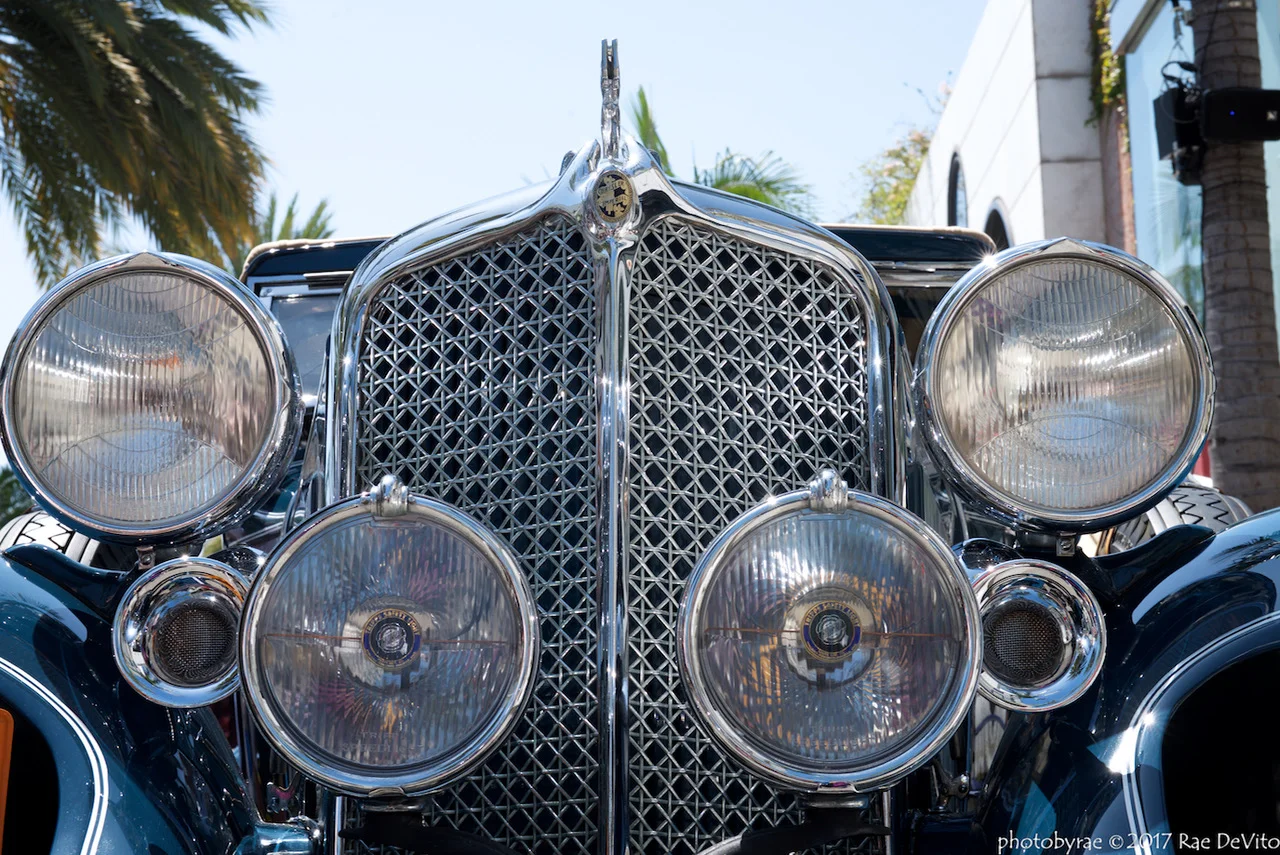Driving a car in PV in the 1920s and 1930s
Driving a car in PV
in the 1920s and 1930s
Have you ever wondered what it was like to drive around Palos Verdes when the City was new – in the 1920’s and 30’s? This is one of the pleasures that those who collect cars from period enjoy.
Palos Verdes was an affluent community then and most of the cars owned by the early residents (both current and prospective) were the expensive, luxury cars of the day – Packard, Lincoln, Pierce-Arrow, Cadillac, Duesenberg, Chrysler Imperial, plus many you may never have heard of – Peerless, Cole, Wills St Claire, and many others. There were literally hundreds of auto manufacturers prior to 1930.
Just getting to Palos Verdes in those days was a time-consuming affair, although I’m not sure the 405 today has made that time much shorter. Those coming to look at vacant lots in the 1920’s (the houses were all new then, so there were hardly any for sale) could plan to spend all day getting here, meeting people like Howard Towle, one of the original Realtors on the Hill, at La Venta Inn and spending the day looking at lots, and then driving back to West Adams or that new development called Beverly Hills.
Those of us who have managed to acquire a few of those cars that have survived (many met their end in the scrap metal drive of World War II), can get a sense of what it must have been like for those early residents.
Have you ever thought that those yellow signs advising the maximum safe speed on curvy streets such as Via Del Monte were rather conservative? I mean, who goes 20 mph? But if you’ve ever driven a car from that era, they make complete sense. The cars in those days had greater ground clearance to allow for some of the rutted and lousy roads, which gave them a higher center of gravity. Combine that with primitive suspensions (shock absorbers were just coming into fashion), and those 20 mph advisories make perfect sense; in fact, you are pressed to go any faster.
In those days most of the roads in Palos Verdes were still dirt, and the cars of the day were designed to be driven on dirt streets. Anyone who has driven a 1920’s car will attest that the steering is very heavy – you literally can’t turn the steering wheel unless the car is moving, and parallel parking is just not going to happen. This was not so true when the streets were dirt, because the friction between the tire and the road was much less. As more and more streets became paved, the automakers were forced to refine the steering gear, and by the mid-1930’s, though power steering was still 20 years in the future, driving (and parking) on newly paved street was much easier.
Something else that those who drive these old cars have to contend with, that wouldn’t occur to most people, is modern gas. In 1930, 60 octane was standard. If you remember Phillips 66 and Union 76, those names were derived from the octane rating of their premium fuel, and they were bragging about it. When modern 87 octane regular is burned in a car designed for 60, there is a tendency to get vapor lock, where the fuel ignite before it enters the engine. To prevent this, you need either a fuel additive or the addition of an electric fuel pump.
So when you see those old cars driving around Palos Verdes, know that the owners have to go to a little extra effort to enjoy that authentic vintage experience.
Dana Graham, real estate expert, historian, PV Native and you can find Dana at: www.danagraham.com






